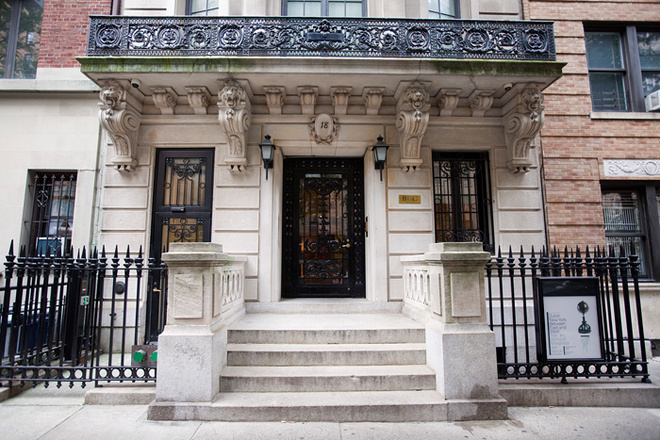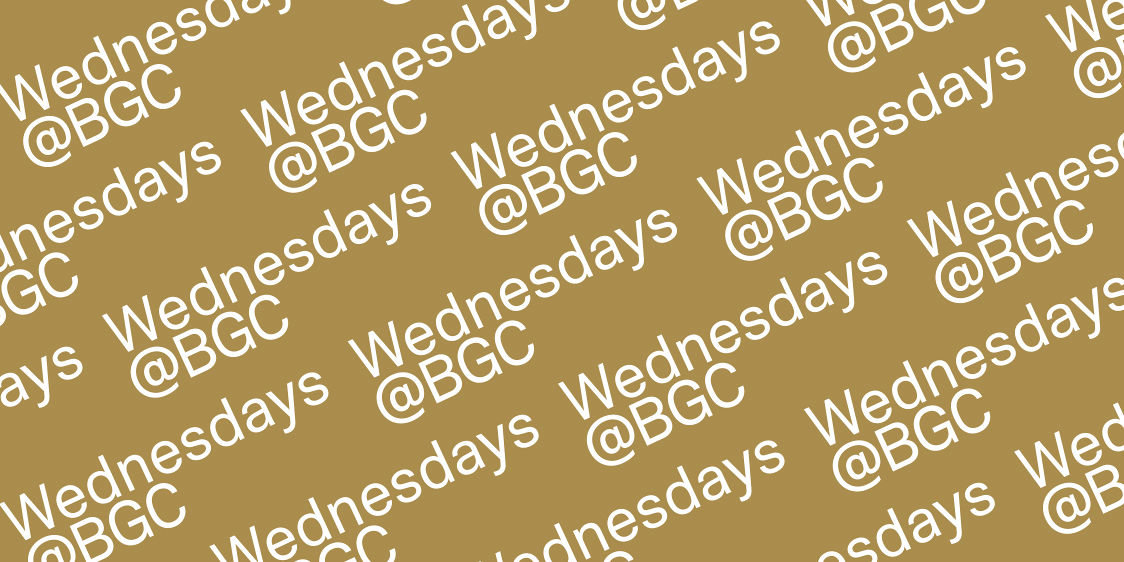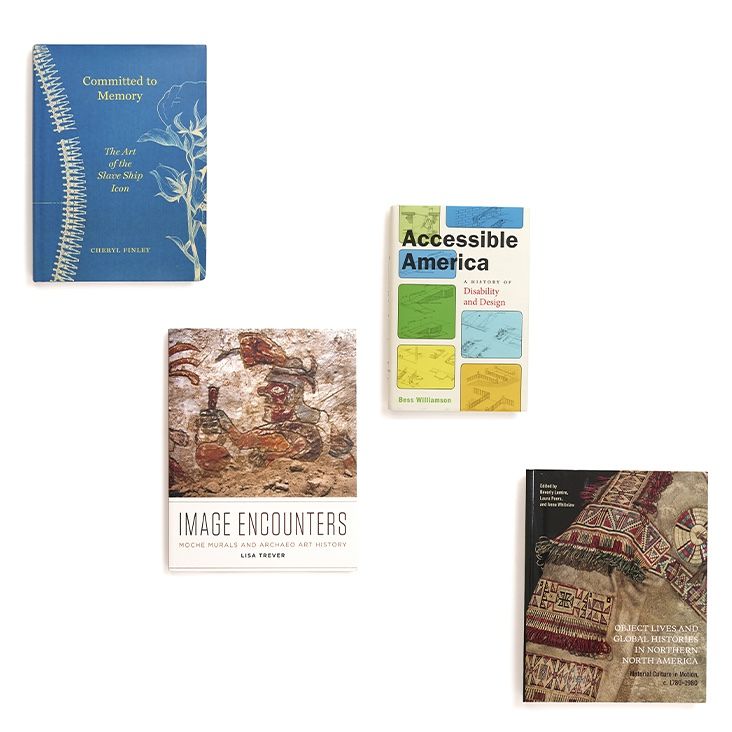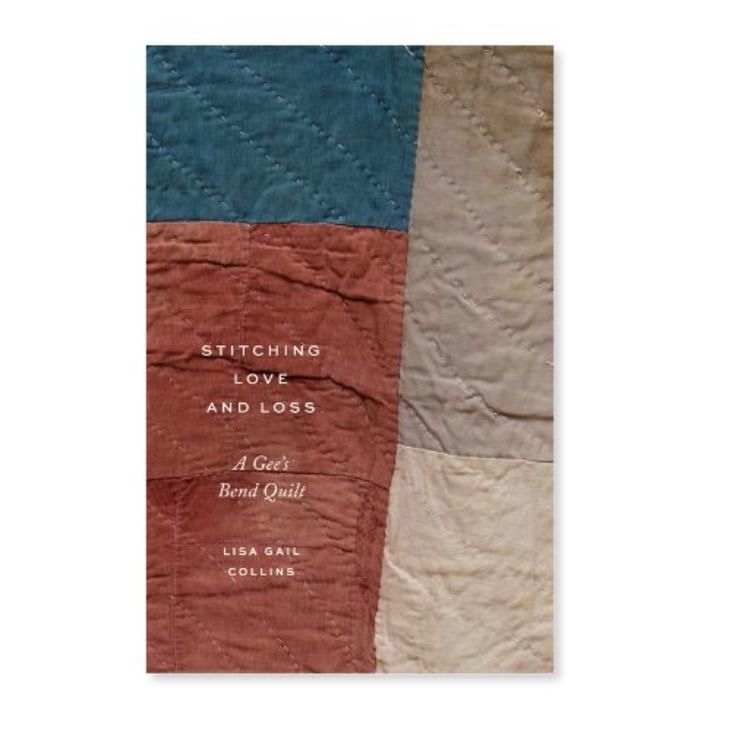Miranda L.P. Keagle (MA 2012) is collections manager at Fort Ticonderoga in the Adirondack region of New York State. Following her graduation from Bard Graduate Center, she was collections manager at the Preservation Society of Newport County, Rhode Island, where she co-founded Newportal—an online database consortium (expected to go live in late 2015) designed to enhance public and scholarly access to Newport County-based collections. Beyond collections management, Miranda has worked at historic sites, house museums, auction houses, and historical societies from Maine to North Carolina (and many places in between).
What attracted you to Bard Graduate Center’s MA program?
In the year leading up to my application, I spoke with students from leading material culture graduate programs across the country. Each program seemed to compartmentalize nicely into its own niche area, except for the BGC. I loved this about the program. It seemed as if no two students graduated with the same experience. We were required to take more courses per semester than some other programs, and the class topics to choose from were more extensive—including courses offered at reciprocal institutions in the area. I also knew I would have the immeasurable advantage of being in New York City to collaborate, make connections, and keep abreast of current trends in the field.
What was your focus of study here? How did you find yourself involved with it?
When I applied, I expected to
continue my undergraduate work on eighteenth- and nineteenth-century food
studies. An internship the summer before I started the program shifted my focus
to include nineteenth-century folk art. The breadth of the Center’s faculty
included leaders in both of these areas.
Two courses
during my first semester—19th-Century New York and The Exhibition
Experience—had final projects that exposed me to the Digital Media Lab, where I
fostered a passion for new media. I took classes that collaborated across
institutions and disciplines to expand my exposure to different ways of “doing”
the things I was interested in. By the end of my graduate study, I had a
portfolio of projects and a host of new tools that I was familiar with.
You are currently working at Fort Ticonderoga. Describe your position there— your current (and/or past) projects.
As a collections manager, I am responsible for the tracking,
preventative conservation, documentation, movement, and access to the hundreds
of thousands of artifacts and objects in Fort Ticonderoga’s collection. I get
to work in the storage facilities, archival vaults, exhibition galleries, and
in every other nook and cranny that museum collections are housed (which is
everywhere when you consider that the reconstructed fort is an object in
itself!). These pieces have largely been perceived as military in nature, but
my material culture background allows me to see past these superficial
designations to seek and support new audiences.
One interesting project I’ve been
working on has to do with the museum’s remarkable archaeological collection.
Thousands upon thousands of eighteenth-century artifacts were unearthed during
the reconstruction of the fort in the early twentieth century. I have been
contacting archaeologists and collections managers around the world to help
develop a work plan and program for cataloging, storing, and accessing these
items. I have become fascinated with how different repositories treat their
archaeological collections, which seems to vary by region. I am preparing to
travel to Belgium where I have several meetings planned with archaeological
curators and directors. I am eager to see their collections facilities and
discuss procedures and protocols. I believe that this interest in connecting
and comparing institutional practices stems from the collaborative courses I
took at Bard Graduate Center, in addition to our Bard Travel Program study trip
to Spain, where we got behind-the-scenes museum tours.
What ultimately is your goal?
The broad-based training I received at BGC doesn’t pigeonhole me into one specific job or area. I can look at the world through a variety of lenses and integrate those interpretations into my work to make my life, and those I encounter, richer. I have spent the last decade working alongside people and objects and hope to continue to do so for the rest of my career.















